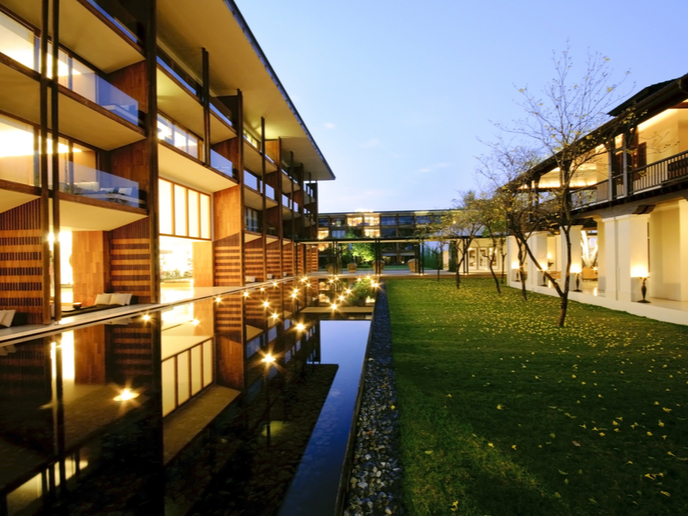Mathematical modelling for optimal architectural design
The United Nations Environment Programme (UNEP)(opens in new window) estimates that the building sector is worth 10 % of the global gross domestic product and that it employs 111 million people. Additionally, buildings use about 40 % of global energy, 40 % of global resources and produce approximately 33 % of global greenhouse gas emissions. “Architects usually name ‘optimal design’ the choice from among a very limited set of design alternatives, dictated by their experience and intuition, but modern design requires one to account for a great number of criteria deriving from multiple disciplines, often conflicting with nature,” says coordinator of the OptArch(opens in new window) project Nikos Lagaros. “The vast number of alternative choices enhances the possibility of arriving at an optimum with the incorporation of smart, automatic tools in the design process, further guiding designers’ intuition.” The EU-funded OptArch project set out to define a framework to apply computer-aided design to optimise the design of modern buildings. Undertaken with the support of the Marie Skłodowska-Curie RISE programme, the project involved architects, civil engineers and mathematicians to create methodologies that apply optimisation techniques at every stage of designing civil structures. OptArch aimed to create synergies among a varied team of academia and industry in Greece, France, Italy, Canada, Cyprus, Egypt, Jordan and Turkey.
Using mathematics for optimal design
The researchers used shape and topology optimisation techniques to create computer-aided architectural design and apply it to real-life applications that addressed ideas by the multidisciplinary teams involved. They took into consideration criteria that come from variables that include structural mechanics, eco-design, bioclimatic design and acoustic performance. “It is now possible to express in mathematical terms the architectural design criteria and constraints in order for optimisation to be applicable in a realistic manner,” Lagaros remarks. “Furthermore, the synergies led to strong connections between partners and beneficiaries that will be the basis of future collaboration.” The project tested and numerically defined several novel criteria dedicated to architectural design. Team members proved that topology and shape are important in enlarging the scope by which optimal design can be applied in architectural design. With this knowledge, they formulated three new constraints of the geometry of shapes for optimal architectural design. OptArch studied the progressive collapse resistance of reinforced concrete structures using solid element-based numerical models. After carefully designing a reinforced concrete column-beam-slab substructure, the team went beyond instinct and used an optimisation method to redesign the structure, which then increased its durability. In addition to developing numerical models for the geometric constraints of topology and shape in optimal architectural design, the OptArch team also created methodologies to enhance the aesthetic qualities and manufacturability of optimised structures. The researchers then addressed acoustic problems by designing for the minimum and maximum pressure conditions in an optimised building.
Future optimal design
In the future, OptArch aims to fine-tune their formulations for optimal design and expand it with more demanding aspects such as generative design, kinetic structures, and acoustic performance optimisation. The team plans to develop a holistic methodology on applied optimisation on almost all aspects of architectural design from structural shape to hybrid structures.



